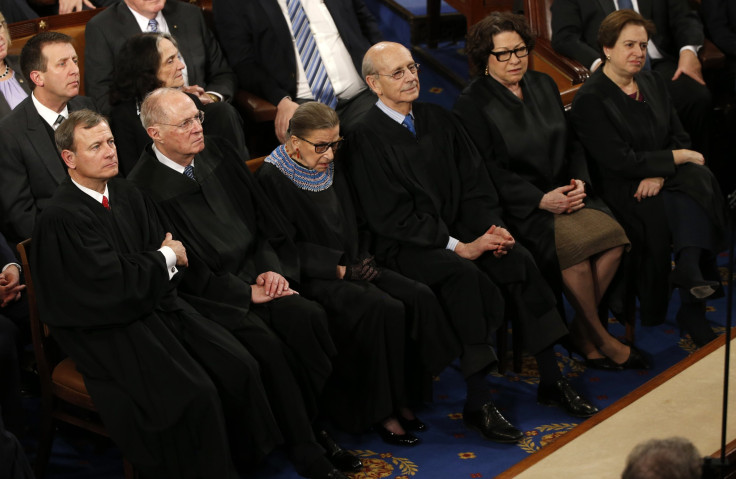The Next President And The Supreme Court: Vacancy Created By The Death Of Antonin Scalia Has Yet To Be Filled

Since U.S. Supreme Court Justice Antonin Scalia died in February, the high court has been operating with only eight justices because Senate Republicans refused to give a hearing to President Barack Obama’s choice to replace him, Appellate Judge Merrick Garland.
The lack of a ninth justice has hamstrung the court, with numerous decisions coming down as 4-4 ties, meaning the appellate ruling will stand. The justices also have cut back on their caseload, declining some hot-button issues and putting off argument on others.
Senate Majority Leader Mitch McConnell, R-Ky., and other Republicans declared before the election that if Hillary Clinton were elected president, Republicans would refuse to approve anyone she named to the court, turning on its head the rationale for not considering Garland. At the time, McConnell said the next president should be able to make the appointment, giving the electorate a say in the process.
Democrats said, in that case, should they capture control of the Senate, they would impose the “nuclear option,” which would change Senate rules requiring the consent of 60 members to move the nomination to a vote.

There has been speculation Republicans would consider Garland during the lame duck session this month if Clinton won. Another scenario had Clinton asking Obama before he leaves office to renominate Garland so she would not have to initiate a battle with Congress in her first days in office.
The Supreme Court has had nine justices since 1869. The Constitution does not set the number of justices on the court, leaving it up to Congress. Initially, Congress decided on five justices in 1801, but by 1807, decided to increase the number to seven, then to nine in 1837 and 10 in 1863. To prevent Andrew Johnson, who was about to be impeached, from appointing any justices, it adopted the Judicial Circuits Act of 1866, reducing the court to seven. In 1869, Congress decided to up the size of the court again to nine.
Supreme Court justices are appointed for life but some have resigned, rather than die on the bench. Justice Ruth Bader Ginsburg, 83, said in 2014 she had no intention of resigning despite her age because Senate Republicans never would allow Obama to appoint a like-minded justice.

Even before he received the Republican nomination, Donald Trump said he would appoint judges in Scalia’s mold — strict constitutionalists who deplore legislating from the bench. Trump initially joked he would appoint his sister, Maryanne Trump Barry, a federal appellate judge in Philadelphia.
His subsequent proposed list included Dianne S. Sykes, who was appointed to the 7th U.S. Circuit Court of Appeals by former President George W. Bush and is a favorite of conservative legal scholars; Steven M. Colloton on the 8th Circuit, who clerked for the late Chief Justice William Rehnquist, and Raymond M. Kethledge of the 6th Circuit, who clerked for Justice Anthony Kennedy.
Others on his list included several state supreme court justices who clerked for various members of the high court. Trump also suggested Sen. Mike Lee of Utah as a possible nominee.
© Copyright IBTimes 2024. All rights reserved.






















